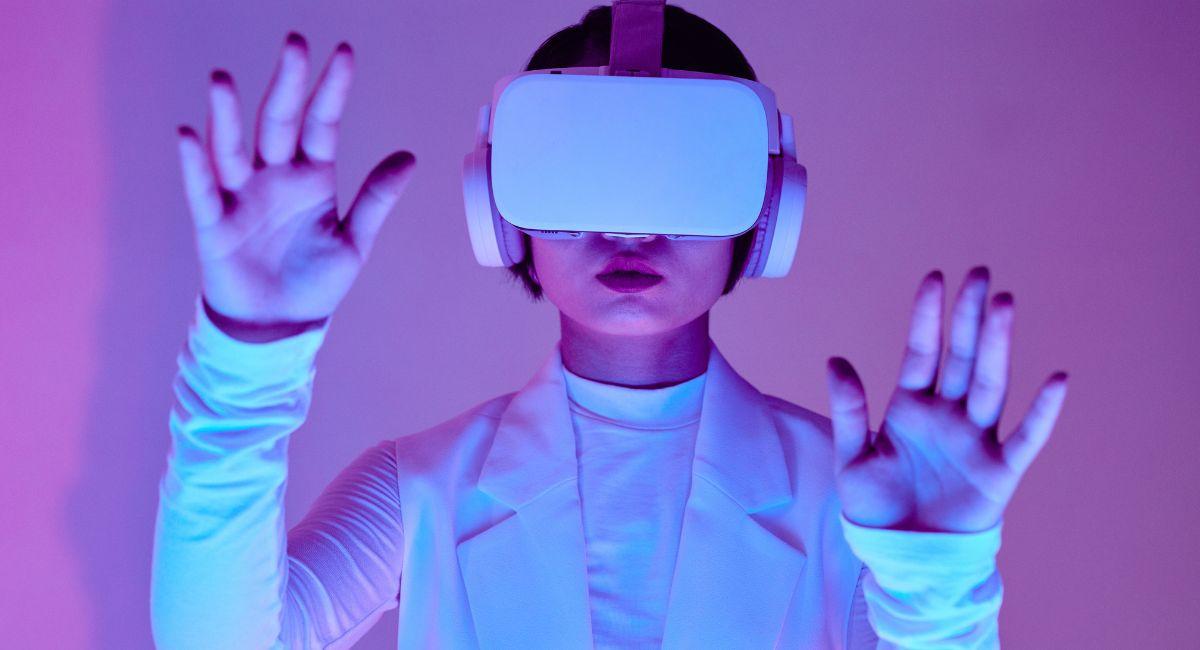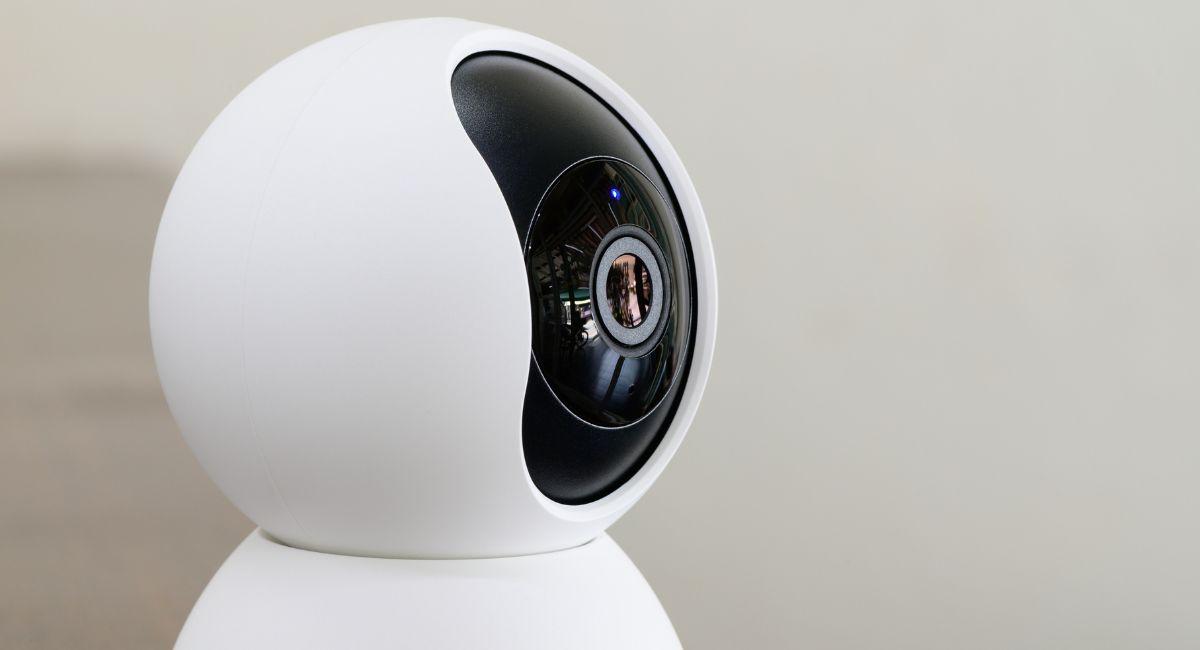Top 10 Intriguing Reasons Why Metaverse Gadgets Are A Priority For VCs Over Platforms

Why VCs Prioritize Investing In Metaverse Gadgets Over Platforms?
In the evolving landscape of the metaverse, venture capitalists (VCs) are strategically directing their investments towards metaverse gadgets rather than platforms. This guide explores the key reasons behind this shift in investment focus and the implications for the future of virtual experiences.1. Hardware as a Tangible Entry Point
Metaverse gadgets represent tangible entry points for users into virtual spaces. VCs recognize that investing in hardware, such as VR headsets, AR glasses, and haptic devices, provides a more immediate and immersive onboarding experience compared to platform development.
2. Enhancing User Engagement
Gadgets contribute directly to enhancing user engagement within the metaverse. Investing in devices that offer novel and interactive experiences aligns with the goal of capturing user attention and fostering prolonged engagement, a crucial metric for success.
3. Expanding the Metaverse Ecosystem
Metaverse gadgets contribute to expanding the overall metaverse ecosystem. VCs understand that a diverse range of gadgets, from wearables to sensory devices, enriches the virtual experience, creating a more holistic and immersive environment beyond traditional platforms.
4. Rapid Technological Advancements
Hardware innovations often outpace developments in platform technologies. VCs are keen on seizing opportunities presented by cutting-edge gadgets that leverage advancements in augmented reality (AR), virtual reality (VR), and other emerging technologies to stay ahead in the competitive landscape.
5. Monetization Opportunities
Investing in metaverse gadgets opens up diverse monetization avenues. VCs see the potential for revenue streams through the sale of devices, subscription models, and partnerships, providing a more direct and immediate path to profitability compared to platform development.
6. Addressing Accessibility Challenges
Metaverse gadgets address accessibility challenges by providing users with tangible tools to access virtual spaces. VCs recognize the importance of overcoming barriers to entry and believe that investing in gadgets can make the metaverse more accessible to a broader audience.
7. Competitive Edge in Emerging Markets
VCs aim to gain a competitive edge by investing in gadgets that cater to emerging markets. Targeting specific niches, such as health and wellness wearables or educational devices, allows investors to tap into diverse sectors within the metaverse landscape.
8. User Adoption and Familiarity
Hardware investments align with user adoption patterns and familiarity. VCs understand that users are more likely to embrace metaverse gadgets that integrate seamlessly into their daily lives, enhancing comfort and promoting widespread adoption.
9. Potential for Integrative Experiences
Investing in gadgets supports the vision of integrative metaverse experiences. VCs see the potential for a seamless blend of physical and virtual realities through gadgets, creating immersive experiences that transcend traditional platform-bound interactions.
10. Strategic Partnerships and Collaborations
VCs recognize that gadgets facilitate strategic partnerships and collaborations. Investing in hardware opens doors to collaborations with manufacturers, tech giants, and other key players, fostering innovation and accelerating the overall growth of the metaverse ecosystem.
Also, read- Exploring The Essence Of The Metaverse From The Perspective Of “Value”
Top 10 Metaverse gadgets and their purpose in the virtual world

- Virtual Reality Headsets:
- Use in the Metaverse: Virtual reality (VR) headsets immerse users in a virtual environment, allowing them to interact with digital spaces and objects. These headsets often include sensors and motion controllers for a more immersive experience.
- Augmented Reality Glasses:
- Use in the Metaverse: Augmented reality (AR) glasses overlay digital information onto the real world. In the metaverse, AR glasses can enhance physical spaces with virtual elements, providing a mixed-reality experience.
- Haptic Feedback Devices:
- Use in the Metaverse: Haptic feedback devices, such as gloves or vests, provide users with tactile sensations in response to virtual stimuli. In the metaverse, these devices enhance the sense of touch and interaction with virtual objects.
- Spatial Audio Systems:
- Use in the Metaverse: Spatial audio systems create a 3D sound environment, allowing users to perceive audio sources based on their virtual location. This enhances the realism of the metaverse by providing a sense of direction and distance for sounds.
- Motion Capture Devices:
- Use in the Metaverse: Motion capture devices, such as full-body suits or standalone sensors, capture users’ movements and translate them into the virtual space. This enables realistic avatars and interactions in the metaverse.
- Brain-Computer Interfaces (BCIs):
- Use in the Metaverse: BCIs allow users to control virtual environments using brain signals. In the metaverse, BCIs can enable thought-based interactions, enhancing the level of immersion and control.
- Gesture Recognition Devices:
- Use in the Metaverse: Gesture recognition devices interpret users’ hand movements and gestures, enabling intuitive interaction with virtual objects. In the metaverse, users can manipulate digital content using natural hand gestures.
- Omni-Directional Treadmills:
- Use in the Metaverse: Omni-directional treadmills simulate walking and running in the virtual world. Users can physically move within the metaverse, enhancing the feeling of presence and mobility.
- Facial Expression Trackers:
- Use in the Metaverse: Facial expression trackers capture users’ facial movements and expressions, translating them to their avatars. This enhances social interactions in the metaverse by conveying non-verbal cues.
- Smart Clothing and Wearables:
- Use in the Metaverse: Smart clothing with embedded sensors can track body movements and biometric data. In the metaverse, these wearables contribute to a more comprehensive representation of users’ physical states and activities.
The development of metaverse gadgets is an evolving field, and new technologies may emerge over time. As of now, these gadgets contribute to creating a more immersive, interactive, and engaging metaverse experience for users. Keep in mind that advancements and new developments may have occurred since my last update.
Top 10 companies involved in developing Metaverse gadgets

- Meta Platforms, Inc. (formerly Facebook, Inc.):
- Metaverse Initiatives: Meta, the parent company of Facebook, is a major player in the development of the metaverse. They have invested heavily in virtual reality (VR) with products like the Oculus VR headsets.
- Microsoft Corporation:
- Metaverse Initiatives: Microsoft has been active in the augmented reality (AR) space with HoloLens. They continue to explore metaverse-related technologies through initiatives like Microsoft Mesh.
- HTC Corporation:
- Metaverse Initiatives: HTC is known for its Vive series of virtual reality headsets. The company has been a significant player in the VR space, providing immersive experiences for users.
- Sony Corporation:
- Metaverse Initiatives: Sony has a strong presence in the gaming and entertainment industries. They have developed VR products such as PlayStation VR, contributing to the metaverse experience.
- Magic Leap, Inc.:
- Metaverse Initiatives: Magic Leap focuses on spatial computing and augmented reality experiences. Their Magic Leap One headset aims to blend the digital and physical worlds.
- Epic Games, Inc.:
- Metaverse Initiatives: Epic Games, the creator of the Unreal Engine, is actively involved in the development of virtual worlds. Fortnite, a popular game developed by Epic Games, has elements that align with the metaverse concept.
- Unity Technologies:
- Metaverse Initiatives: Unity is a leading game development platform, and its engine is widely used in creating virtual and augmented reality experiences. Unity contributes to the development of metaverse content.
- Niantic, Inc.:
- Metaverse Initiatives: Niantic is known for creating augmented reality experiences, including Pokémon GO. The company is exploring the concept of the “real-world metaverse” with its AR technologies.
- Varjo Technologies:
- Metaverse Initiatives: Varjo specializes in high-end virtual reality and mixed reality devices. Their XR-1 headset is designed for professional use and contributes to immersive experiences in various industries.
- Avegant Corporation:
- Metaverse Initiatives: Avegant focuses on developing augmented and virtual reality technologies. Their Glyph headset offers a unique form factor, combining audio and visual experiences.
It’s important to note that the metaverse ecosystem involves a diverse range of companies, including those specializing in hardware, software, content creation, and more. Additionally, new entrants and startups may emerge, contributing to the ongoing development of the metaverse. For the latest updates, it’s recommended to explore industry news, announcements, and the activities of companies in the extended reality (XR) space.
Under the theme “Beyond Realms: Architectural Odyssey in the Metaverse Era,” the 38th Young Architects Forum will be held next Thursday at the Weple building in Yongsan-gu, Seoul, co-hosted by STELSI and the Young Architects Forum Korea.https://t.co/Nw4YhRsuI2
— CoinNess Global (@CoinnessGL) January 19, 2024
Conclusion
In conclusion, the strategic shift of venture capitalists (VCs) towards prioritizing investments in metaverse gadgets over platforms can be attributed to a combination of immediate impact, user engagement, and broader market dynamics. The top 10 reasons outlined signify a nuanced understanding of the evolving metaverse landscape and the strategic opportunities presented by tangible hardware innovations.
Investing in metaverse gadgets offers VCs a tangible entry point into the virtual realm, providing users with immersive and immediate experiences. The potential for enhancing user engagement through interactive devices aligns with the goal of capturing and sustaining user attention. Moreover, the widespread applicability of gadgets across diverse sectors contributes to the expansion of the overall metaverse ecosystem.
The maturation of AI technologies, the proven track record of successful AI companies, and the clear regulatory and ethical considerations in the AI sector have positioned it as an attractive investment opportunity. AI’s ability to address real-world challenges, coupled with its long-term growth potential, aligns with the goals of major investors seeking impactful and forward-looking ventures.
The market perception and timing play crucial roles in this strategic shift, with the current momentum and positive sentiment surrounding metaverse gadgets contributing to their appeal. The focus on user-centric design, privacy, and security measures, as well as the potential for integrative experiences, underscores the comprehensive approach that VCs are taking to ensure the success and sustainability of their investments in the metaverse landscape.
As the metaverse continues to evolve, the balance between investments in gadgets and platforms may shift, driven by technological advancements, changing user preferences, and emerging opportunities. The top 10 reasons presented here provide insights into the current trends and considerations influencing VCs as they navigate the dynamic and promising landscape of the metaverse.
Related posts
Editor's Choice
- Generative Art NFTs: Top 10 Amazing Reasons Its A Marriage Of Creativity And Code
- Mastering Fear In Crypto Trading: Top 10 Amazing Tips To know In 2024
- DTX Exchange Overcomes Bearish ETH Sentiment as Fantom (FTM) and PEPE Crash
- Demystifying Intriguing Total Market Cap: Your Guide to Crypto Common Terms In 2024
- Top 10 Intriguing Reasons Gaming Is Embracing Crypto and In-Game Assets But Not Ditching Everything Else
Hottest Blockchain News Daily
Get our latest posts and announcements in your inbox.
[cn-social-icon attr_class=”social-share-side”]


























































